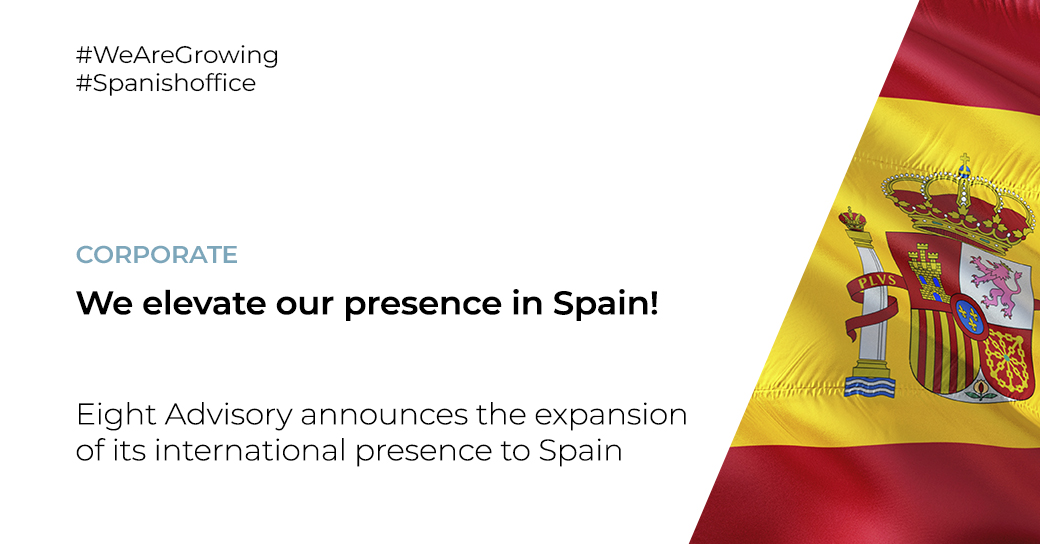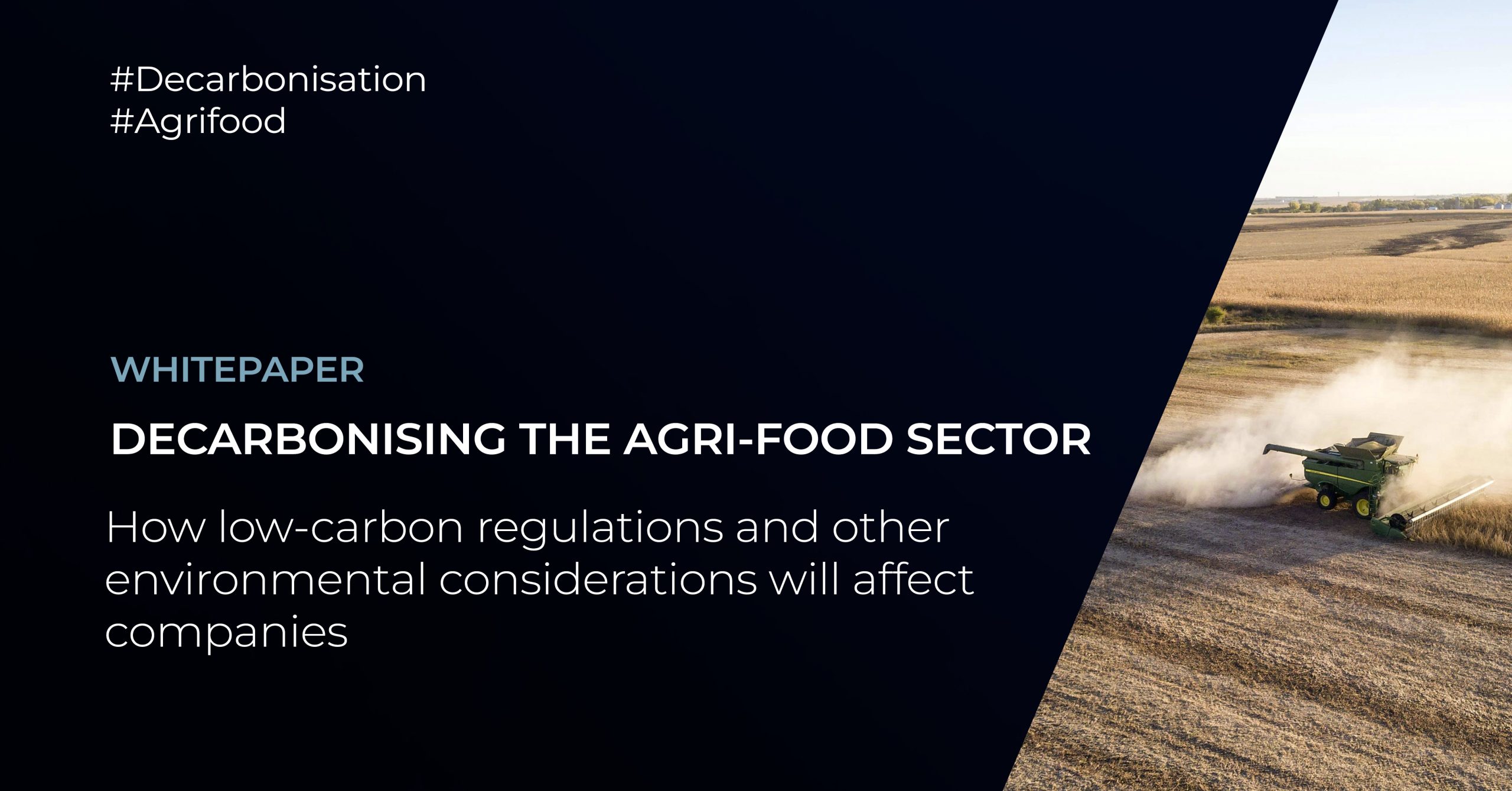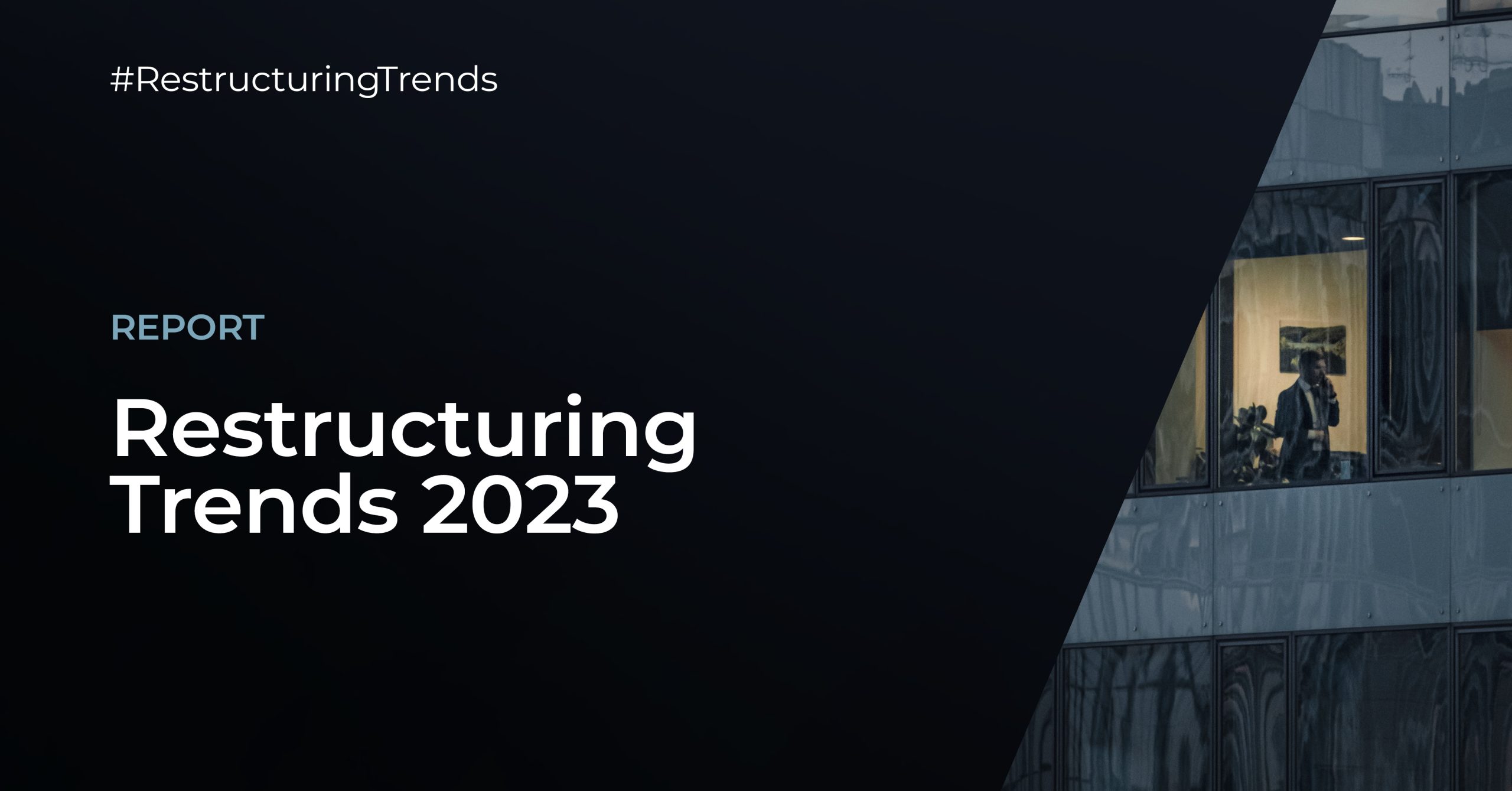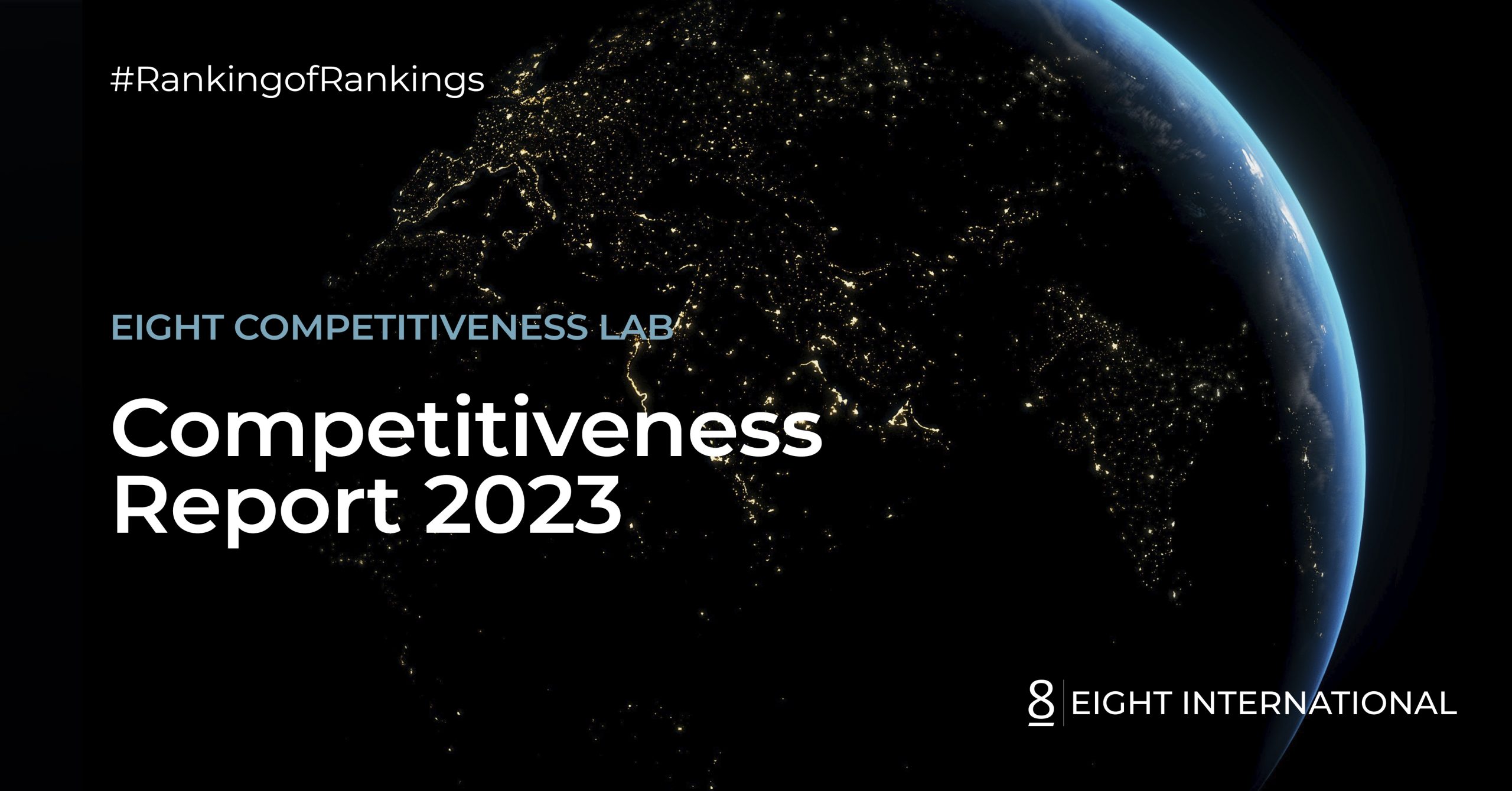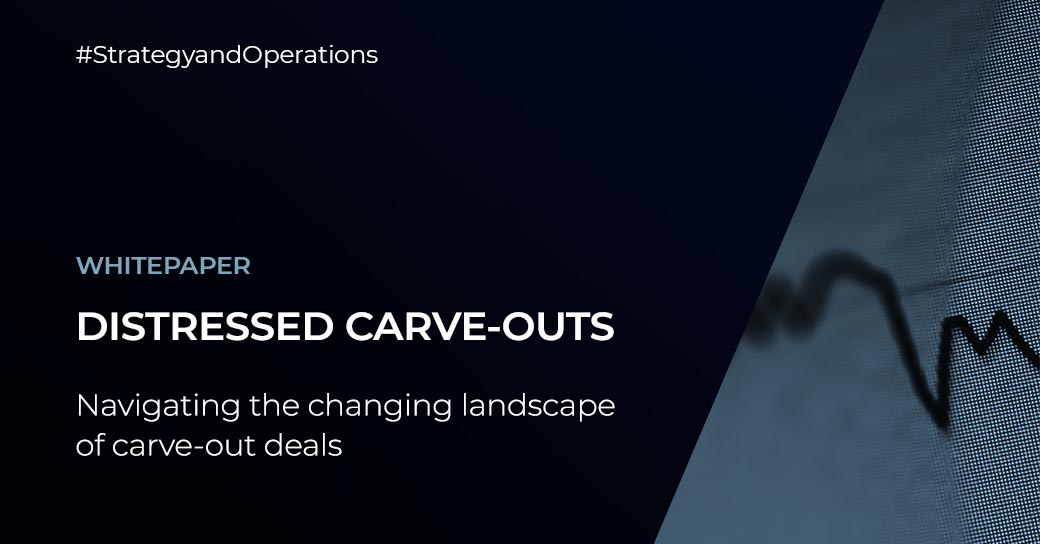
Carve-out deals have accounted for 1-4% of total deal volume for around 15 years. In 2022, this is up to 27%. We are in uncharted territory for carve-out programmes. Buyers and sellers who best adapt will secure, protect and deliver value now and in the coming years.
As the world emerges from the coronavirus pandemic, many countries are facing high-interest rates as central banks battle to control inflation. This, compounded with skyrocketing commodity and energy prices, is squeezing business profitability.
There are parallels to the financial crisis, where large corporates divested non-core assets to the backdrop of a global recession. These assets were often carved out of distressed vendors – and there are financial and operational implications to these deals, both for buyers and sellers.
The current climate will impact value in deals, and both sides of the transaction are at risk of losing value if they are not adequately prepared, both during negotiation and into transition. For some, this may be uncharted territory, which raises the risk of value erosion where old rules no longer apply.
To help buyers and sellers navigate challenges in this difficult market, our Eight Advisory Strategy & Operations team outline some considerations on what to look out for during diligence and how to protect and deliver value in the longer term.
In our latest “Distressed Carve-outs” whitepaper you’ll learn:
- how the current macro-economic environment has impacted on divestures,
- what makes distressed deals, different,
- and what it means both for buyers and sellers.
Finally, we offer some guidelines on how to mitigate value erosion during carve-out programmes.
Enjoy the read: Distressed Carve-Outs


